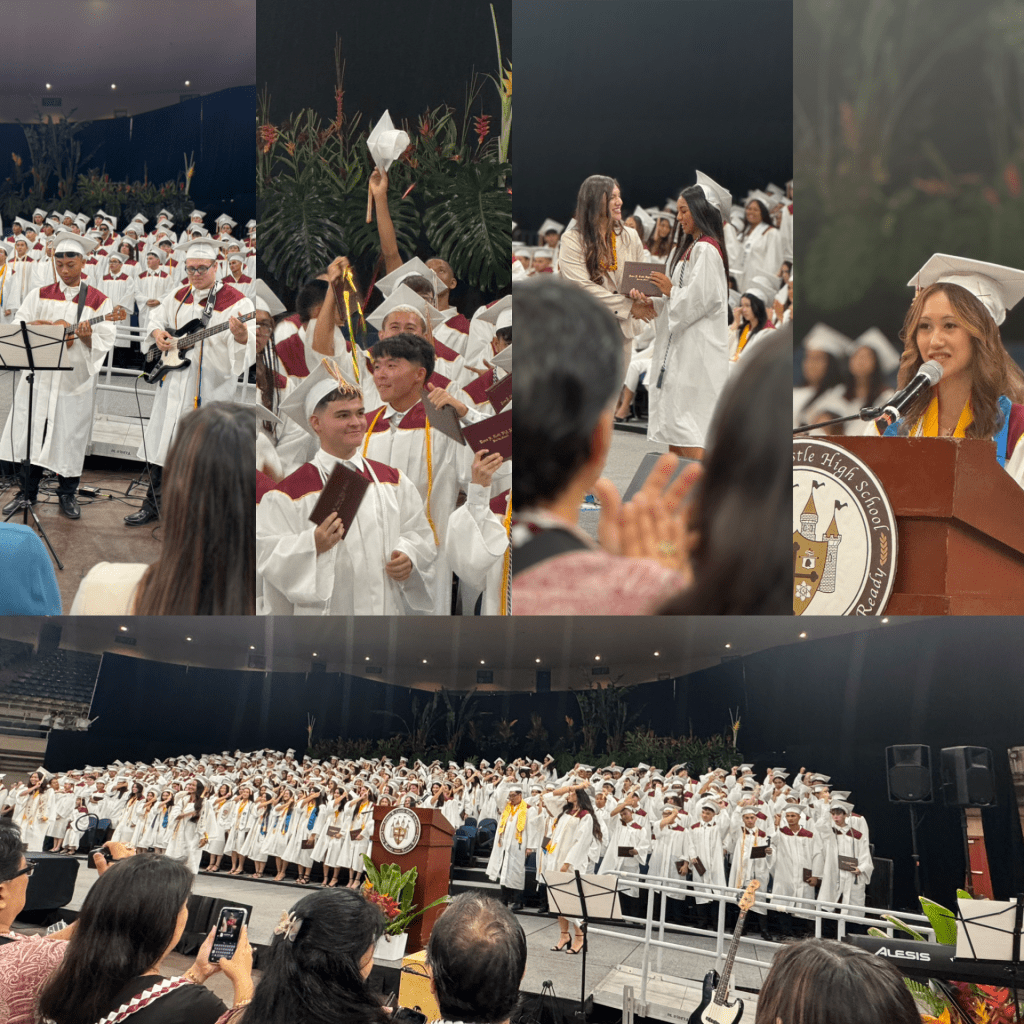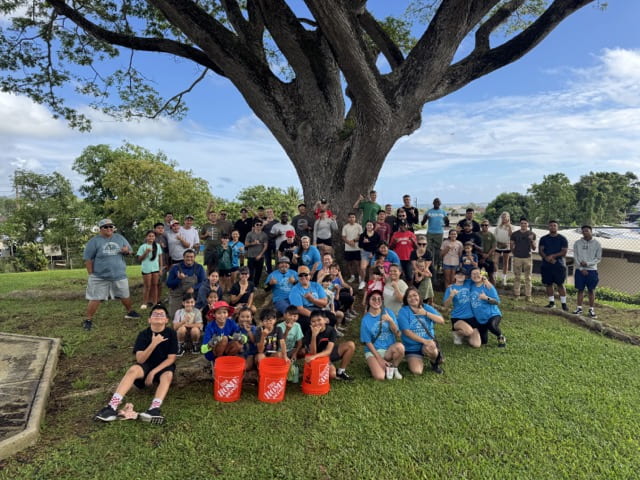Kuʻia ka hele a ka naʻau haʻahaʻa #1870
Hesitant walks the humble hearted. [A humble person walks carefully he will not hurt those about him.]
Pukui, Mary Kawena, (1983). ʻŌlelo Noʻeau
ALOHA FOCUS FOR THE WEEK: HAʻAHAʻA
“If I asked my father a question when he was quiet, he would say he was having a conversation with himself and that I shouldn’t interrupt.”
Ann Patchett, The Dutch House
When I taught at Kailua High School, my colleague, Mr. Unten made it his mission to teach his students how to have a conversation with themselves. He’d ask, before you got in trouble for fighting, before you even punched that guy, what did you tell yourself? Most students replied that they didn’t know what he was talking about. They did not have an internal dialogue, no Jiminy Cricketsitting on their shoulder telling them to choose right from wrong or to even weigh the consequences. They just acted, ignoring their under-developed pre-frontal cortex, the part of the brain behind decision-making and emotional regulation.
Consequently, these students kept on getting into trouble. Even at 9th grade, more than a few were arrested for stealing, fighting, and vandalism. One even punched a police officer. After spending a lengthy time in detention, the student told me that he wasn’t thinking. He was raised to fight back no matter the situation. And so, when the officer shoved him, he balled up his fists and automatically swung.
Mr. Unten, an English teacher, provided many models for students to learn how to listen to what their gut was telling them. He led his class in discussing novels, such as The Giver, examining what might be going on in the characters’ heads. He had students explore their own dilemmas and practice thinking through situations. He taught them that the answers to their problems lay within themselves. They just needed to listen.
The kūpuna advised listening to one’s ʻōpū or naʻau. They believed one’s disposition was guided by the small intestines. Whether one chose to commit moral or harmful acts was determined in one’s gut. To the kūpuna, the ʻōpū was synonymous with one’s heart. Modern science, to some extent agrees. Scientists have found that there is a nerve that directly connects the brain and the gut, creating a hotline between the two organs. Beyond signaling when the gut is hungry or full, this nerve (called the Vargas nerve) allows the gut to influence our moods, and when dysfunctional, can contribute to depression and anxiety. The gut also affects our memory and attention – that’s why kids who come to school hungry often have a difficult time focusing and learning.
If Mr. Unten were still teaching English or perhaps in his new role as the principal of Kapunahala, he might ensure students are first well fed. Then he might advise them to take some time to sit/stand/walk in quiet, be haʻahaʻa and listen to their naʻau. Maybe then, they can make better decisions, find solutions to their problems, and discover greater happiness…all within themselves.
5 PURSUITS of HAʻAHAʻA
Inspired by Gholdy Muhammad
Please watch this: Listening to My Body written by Gabi Garcia and illustrated by Ying Hui Tan. Then with you child, answer the following:
- IDENTITY: Different cultures have sayings or beliefs about listening to your body. Hawaiians talked about trusting your naʻau. Likewise the Japanese referred to their bellies as hara which also meant gut instinct. Talk to your kupuna about what your culture taught about gut instinct.
- SKILLS: The author uses pounding a drum as a simile for a hearth beat. Come up with a different simile to describe a heart beat.
- INTELLECT: What are sensations? Use examples from the text to come up with a definition.
- CRITICALITY: How does listening to your body help you make better decisions, especially when you are frustrated or angry?
- JOY: With your kupuna or makua, try the different suggestions for practicing listening to your body.
Why it’s important to read aloud to your kids—even after they can read themselves
Do you read to your child? A recent study has found great benefit to continue reading aloud to your kids even as they get older and can independently read. It builds vocabulary, comprehension, and fluency, while also strengthening emotional bonds. The content can vary—books, poems, or news—and even short daily sessions can make a big impact on a child’s development. So as we get transition into summer, we encourage you to read aloud to your child or even take turns reading with them and even join the Hawaiʻi State Library’s Summer Reading Challenge: E Heluhelu Kākou: Let’s Read! – When you log reading in June and July, you’ll unlock more rewards and earn a shot at winning four round-trip tickets on Alaska Airlines!
Ways to Connect Elementary Math to Everyday Life
Let’s not forget that we can also build students’ math skills during the summer break. It need not (and I would even say should not) be worksheets and drills. Instead, you can have your child practice their math by setting up playful activities built around creativity and real-world relevance that bring math to life in a whole new way. See these resources for great ideas to implement at home: Make Ooblek; Make and play with Baker’s Clay; and see these 11 Real World Math Activities.
CONTINUED PRACTICES:
NOʻAHUNA OF ALOHA
See Uncle Pono Shim explain the Noʻahuna, the esoteric meaning, of Aloha as taught to him by Aunty Pilahi, the Keeper of Secrets.
WEAR KĀNEʻOHE SHIRT WEDNESDAYS
Help us build unity and show our lōkahi by wearing a shirt that celebrates Kāneʻohe on Wednesdays. Wear any previous Fun Run or grade level shirt.
DAILY VIRTUAL PIKO
At the Daily Piko, we share thoughts on the Aloha value for the week which helps us become centered and ready to learn. We begin at 8 AM everyday except Wednesdays when we meet in-person. If you would like to share your reflections on the week’s Aloha value, please contact me.
UPCOMING EVENTS
| May 28 | KES SCC Mtg – In-person @PCR 4:30 – 5:30 PM |
| May 29 | 6th Grade Promotion Ceremony @Cafe 6:00 – 7:00 PM |
| May 30 | End of Year Awards Ceremony @Cafe 8:30 – 9:30 AM |
| May 30 | Last student day End of 4th Quarter/Spring Semester/SY 2024-25 |



